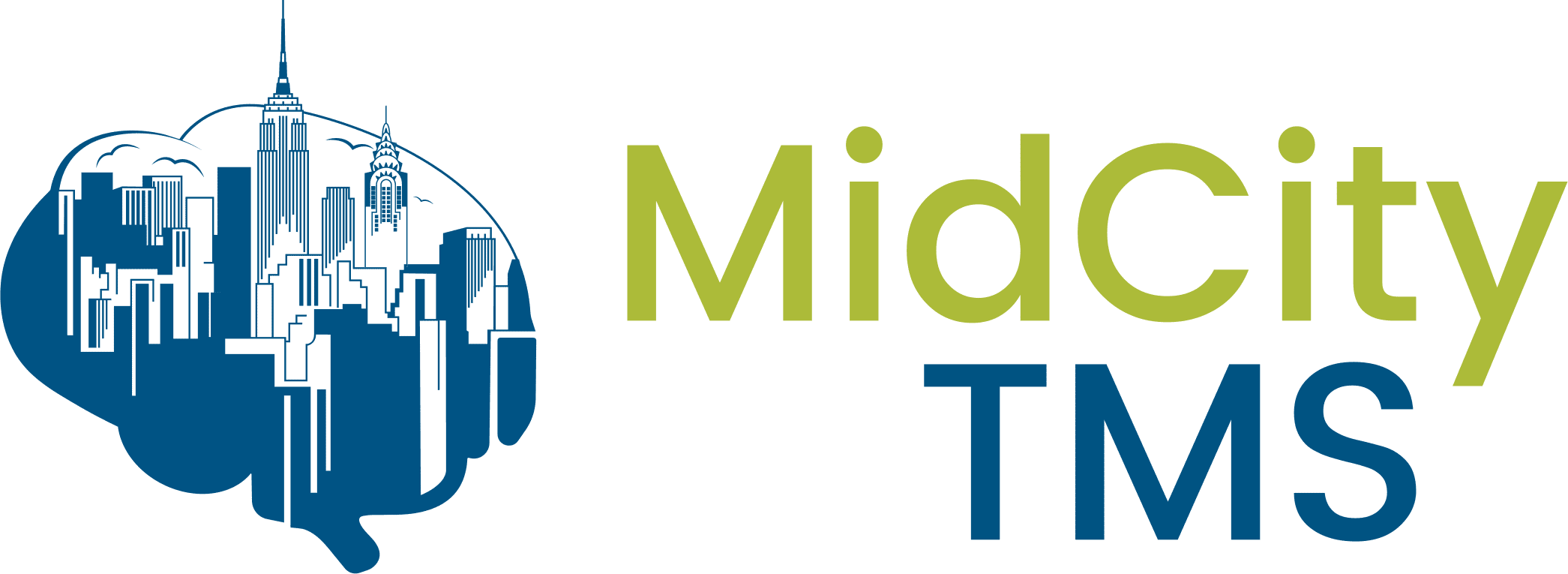Serotonin-norepinephrine reuptake inhibitors (SNRIs) are a family of antidepressant medications that affect the brain’s neurotransmitters serotonin and norepinephrine. For those with depression and anxiety, these medications can help with these conditions. However, there are different kinds of medication within the SNRI category that have different effects on the body.
What Is an SNRI?
SNRIs, as the name suggests, inhibit the reuptake of serotonin and norepinephrine in the brain. Serotonin and norepinephrine are involved in regulating mood, sleep, energy, and attention. Both of these neurotransmitters, or chemical messengers, are released from nerves in the brain. The chemical then either attaches to other nerve receptors in the brain or reuptakes or reabsorbs, into the nerve that made it to be recycled and released again. The use of an SNRI blocks this reabsorption process, which increases the amount of serotonin and norepinephrine available for the brain to absorb, thereby relieving the symptoms of depression and anxiety.
SNRI vs SSRI
SNRIs are commonly mistaken for selective serotonin reuptake inhibitors (SSRIs), as both are commonly used to treat depression. While both drug types prevent the reabsorption of neurotransmitters, SNRIs regulate serotonin and norepinephrine, whereas SSRIs exclusively control serotonin levels. SSRIs are more commonly prescribed, as they have been around longer and usually have less risk of causing side effects. However, SNRIs can sometimes be more effective than SSRIs.
Finding the Right Fit
All SNRI’s regulate serotonin and norepinephrine, but they have subtle differences in how much absorption they block, as well as differences in side effects. Many with depression and anxiety have trouble finding the correct medication to treat their symptoms, and it can take months or even years to find one that works effectively. One recently published study comparing different SNRI’s found a surprising number of differences between the five major SNRIs:
Venlafaxine
Venlafaxine (Effexor ™) was approved by the FDA in 1993 and was the first SNRI approved in the United States. Its half-life (the time it takes for the blood plasma concentration of a drug to reduce to half its original value) for the immediate release is five hours (requiring twice a day dosing), whereas the extended-release has a half-life of 11 hours, which allows for once a day dosing. As for reuptake, it was found to block about 30 times more serotonin than norepinephrine. It inhibits each in a sequential manner with serotonin reuptake being initially inhibited followed by norepinephrine reuptake inhibition, which leads to the initial side effects related more to serotonin (headaches, nausea, and sexual dysfunction) and subsequent side effects involving both (activation, dry mouth, and night sweats).
Duloxetine
Duloxetine (Cymbalta ™) has the most FDA-approved uses of any SNRI, and, unlike Venlafaxine, is proven to relieve non-psychiatric conditions, like neuropathy, fibromyalgia, and osteoarthritis. Its half-life (12 hours) allows for once-a-day dosing. Like Venlafaxine, it is susceptible to genetic polymorphism and inhibits serotonin and norepinephrine in turn.
Desvenlafaxine
Desvenlafaxine (Pristiq ™) received approval from the FDA in 2008. The drug resembles Venlafaxine structurally, being Venlafaxine’s only active metabolite. It has an 11-hour half-life (allowing for once-a-day dosing) and is 10 times more potent in blocking serotonin reabsorbing than norepinephrine. It’s unknown what order this medication blocks neurotransmitters, but it has been observed weakly blocking dopamine reuptake, just like Venlafaxine and Duloxetine.
Milnacipran
Milnacipran (Savella TM) is not approved to treat depression but rather only fibromyalgia. The chemical makeup of the drug is two-fold: D-milnacipran with a half-life of 8-10 hours and l-milnacipran with a half-life of 4-6 hours. It avoids interaction with the isoenzymes that cause drug interactions and genetic polymorphism. It had the most equal reuptake rate of all drugs studied, and may show signs of creating higher amounts of norepinephrine. It is the only drug with equal effects on both neurotransmitters without also affecting dopamine.
Levomilnacipran
Levomilnacipran (Fetzima ™) is the most recent medication approved for treating major depression. It was developed exclusively for a one-a-day extended-release form, which makes it easier for patients to stick to its regimen, unlike twice-daily medications like Milnacipran. Its half-life of twelve hours proves its ability to retain control of the body, as does the fact that the chemical makeup of the drug is vastly unchanged after it exits the body. Like milnacipran, the drug has no effect on dopamine and affects reuptake inhibition of serotonin and norepinephrine equally at any dose.
Conclusions
The effectiveness of SNRIs is dependent on a variety of factors like dosage, ability to interact with other drugs, and time spent in the body. Whether the variable influences on norepinephrine and serotonin reuptake among the SNRIs causes any meaningful clinical differences is unclear.
Need More than SNRIs? Mid City TMS Can Help
While some people will find the right medication to effectively treat their depression, others will discover medication is not enough to relieve them of their symptoms. Alternate treatments like transcranial magnetic stimulation (TMS) can help. TMS is a procedure that uses electromagnetic pulses to treat depression by activating the parts of the brain with suboptimal functioning. TMS is approved by the FDA to be a safe, effective treatment for depression and can be used alone or in conjunction with antidepressants, including SNRIs. To learn more about TMS, contact us today!
Sources:
-
Mayo Clinic. (n.d.). Antidepressants: Selecting one that’s right for you. Mayo Clinic. Retrieved from https://www.mayoclinic.org/diseases-conditions/depression/in-depth/antidepressants/art-20044970
-
Monteggia, L. M., Malenka, R. C., & Deisseroth, K. (2014). Divergent mechanisms of antidepressant efficacy. Biological Psychiatry, 73(12), 1107-1114. https://www.ncbi.nlm.nih.gov/pmc/articles/PMC4008300/



